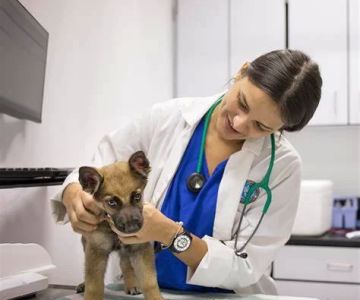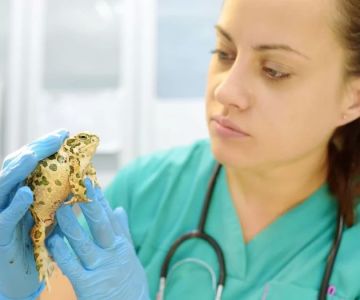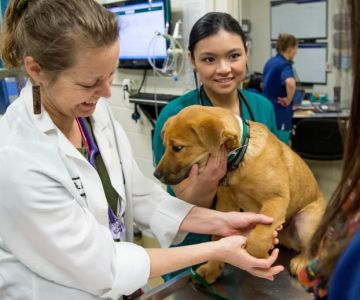- 1-What-Is-De-Auxiliar-Veterinaria
- 2-Key-Duties-And-Responsibilities
- 3-Education-And-Training-Pathways
- 4-Essential-Skills-For-Veterinary-Assistants
- 5-Real-Life-Examples-Of-Veterinary-Assistants
- 6-Career-Prospects-And-Growth-Opportunities
- 7-Tips-For-Success-In-De-Auxiliar-Veterinaria
- 8-How-To-Find-Quality-Training-And-Resources
1. What Is De Auxiliar Veterinaria?
“De auxiliar veterinaria” refers to the role of a veterinary assistant, a vital position in animal healthcare. Veterinary assistants support veterinarians and vet technicians by performing clinical and administrative tasks that keep animal clinics running smoothly. This role requires a passion for animals, strong communication skills, and the ability to handle varied responsibilities in a fast-paced environment.

1008 W Hazelwood Dr, Urbana, IL 61802, USA
See Details2. Key Duties and Responsibilities
Veterinary assistants engage in a range of duties including preparing animals for examinations, restraining pets during procedures, cleaning and sterilizing instruments, and maintaining medical records. They also assist with client communications and help manage the clinic environment. These diverse tasks demand reliability and a compassionate attitude.
3. Education and Training Pathways
While some veterinary assistants learn on the job, formal training programs enhance skills and employability. Certificate courses and associate degrees in veterinary assisting offer education on animal anatomy, medical terminology, and clinical procedures. Accredited programs often provide hands-on internships, essential for practical experience.
4. Essential Skills for Veterinary Assistants
Successful veterinary assistants develop skills such as attention to detail, teamwork, empathy, and multitasking. Technical knowledge of animal care and safety protocols is crucial. Equally important is the ability to communicate clearly with pet owners and veterinary staff.
5. Real-Life Examples of Veterinary Assistants
Consider Maria, who completed a veterinary assistant certificate program and quickly found employment in a busy animal hospital. Her dedication to learning and excellent client interaction helped her grow professionally and take on more responsibilities. Stories like Maria’s highlight the rewarding nature of the veterinary assistant career.
6. Career Prospects and Growth Opportunities
De auxiliar veterinaria is often a stepping stone to advanced roles such as veterinary technician or practice manager. With experience and further education, assistants can advance their careers while continuing to contribute meaningfully to animal health and welfare.
7. Tips for Success in De Auxiliar Veterinaria
To excel, focus on continuous learning, build strong relationships with colleagues and clients, and maintain a positive attitude. Volunteering at shelters or clinics can provide valuable experience. Staying updated on veterinary best practices also distinguishes top performers.
8. How to Find Quality Training and Resources
For those interested in pursuing de auxiliar veterinaria, platforms like Scent Snob offer curated information, training recommendations, and product guides to support your journey. Investing in quality education and resources accelerates your path to success in veterinary assisting.











